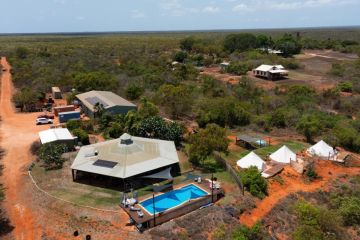Meet the Victorian researchers gifted a grant by L’Oreal-UNESCO For Women in Science
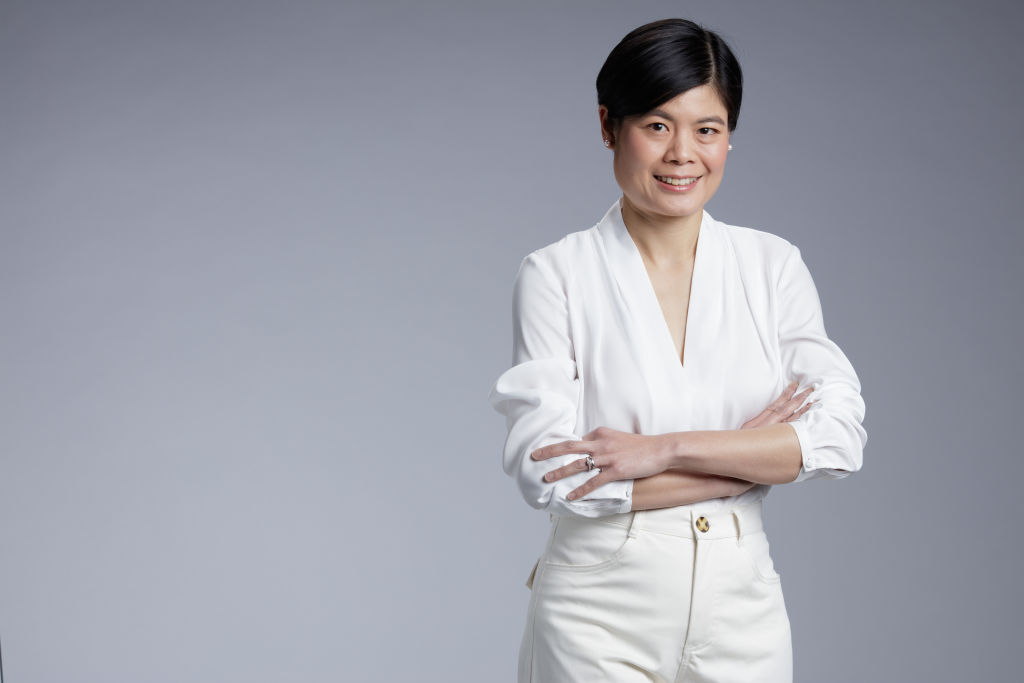
Their scientific expertise is vastly different, yet three Victorian researchers share a very common bond.
Recognised as being a driving force in each of their chosen fields, Dr Ashleigh Wood, Dr Alisa Glukhova and Dr Valerie Sung are motivated by the innate human desire to discover more.
They are private investigators, of sorts – each tirelessly scratching away to find the answers to some big questions.
The three are among 44 scientists in Australia recognised as part of the L’Oreal-UNESCO For Women in Science fellowships.
The program recognises the achievements of early-career female scientists and helps fund their research. Each fellow is awarded $25,000 for a one-year project.
The financial boost will help Hood, a geoscientist, continue her work exploring ancient reef systems across Australia, Canada and Namibia.
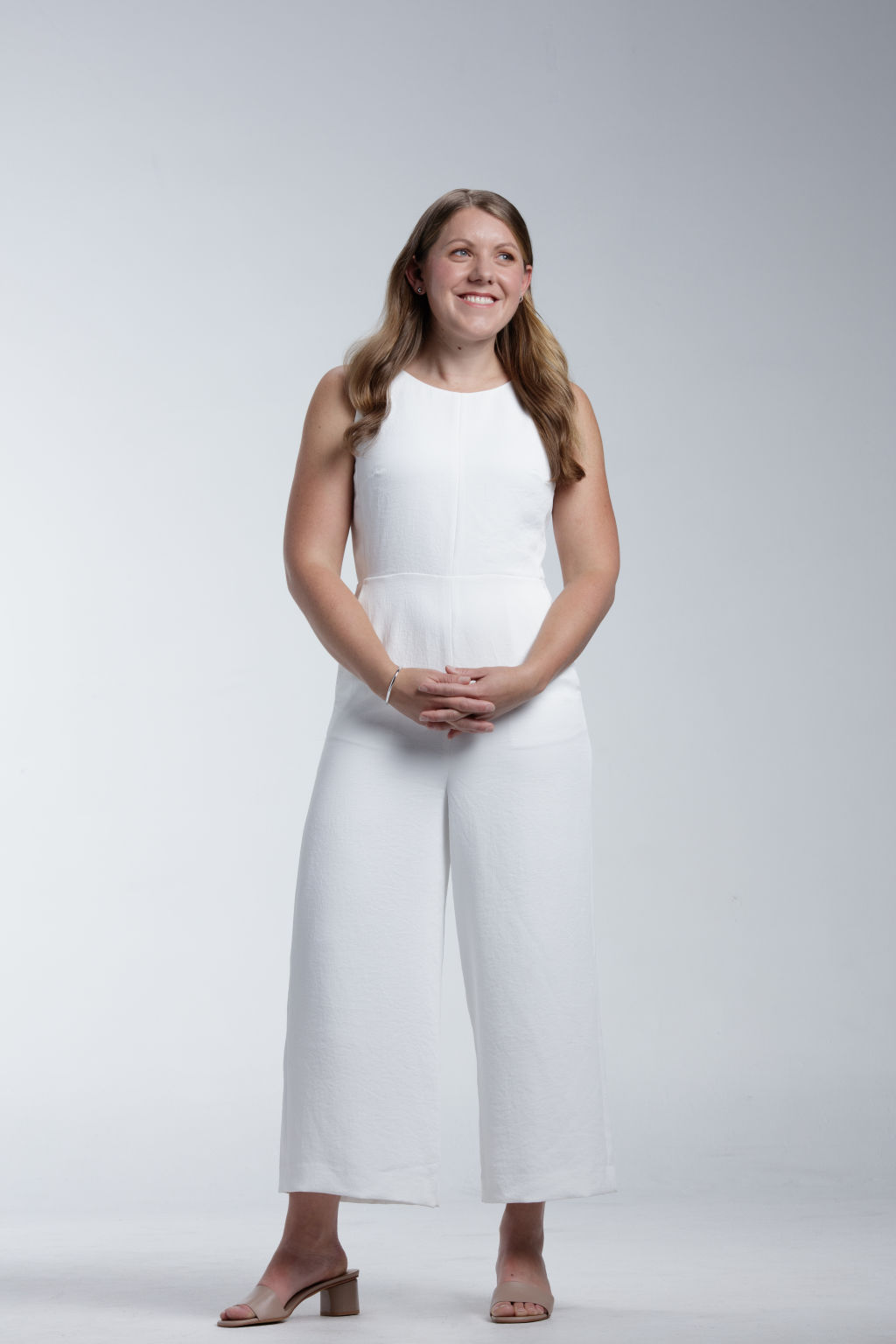
Preserved in mountain ranges, the 700 million-year-old rock formations hold secrets about the missing history of the earth’s evolution.
“The reefs I look at hold some very interesting information about the evolution of life during this strange period of time,” Wood says.
“There was a massive climate change event, an environmental upheaval and at the same time we see a change from a world dominated by bacteria to animals.
“We still don’t know how that happened.
“There is suddenly the appearance of animals but there is nothing we can find in the fossil record that shows a ramp-up that gets us to that point.
“We see simple ecosystems, then very complex ones.
“So I am trying to find out how life evolved and how it’s related to the environment.
“It’s a little bit like detective work to go out into the field and uncover these mysteries about how the world worked so long ago.”
Glukhova is trying to crack a case of her own.
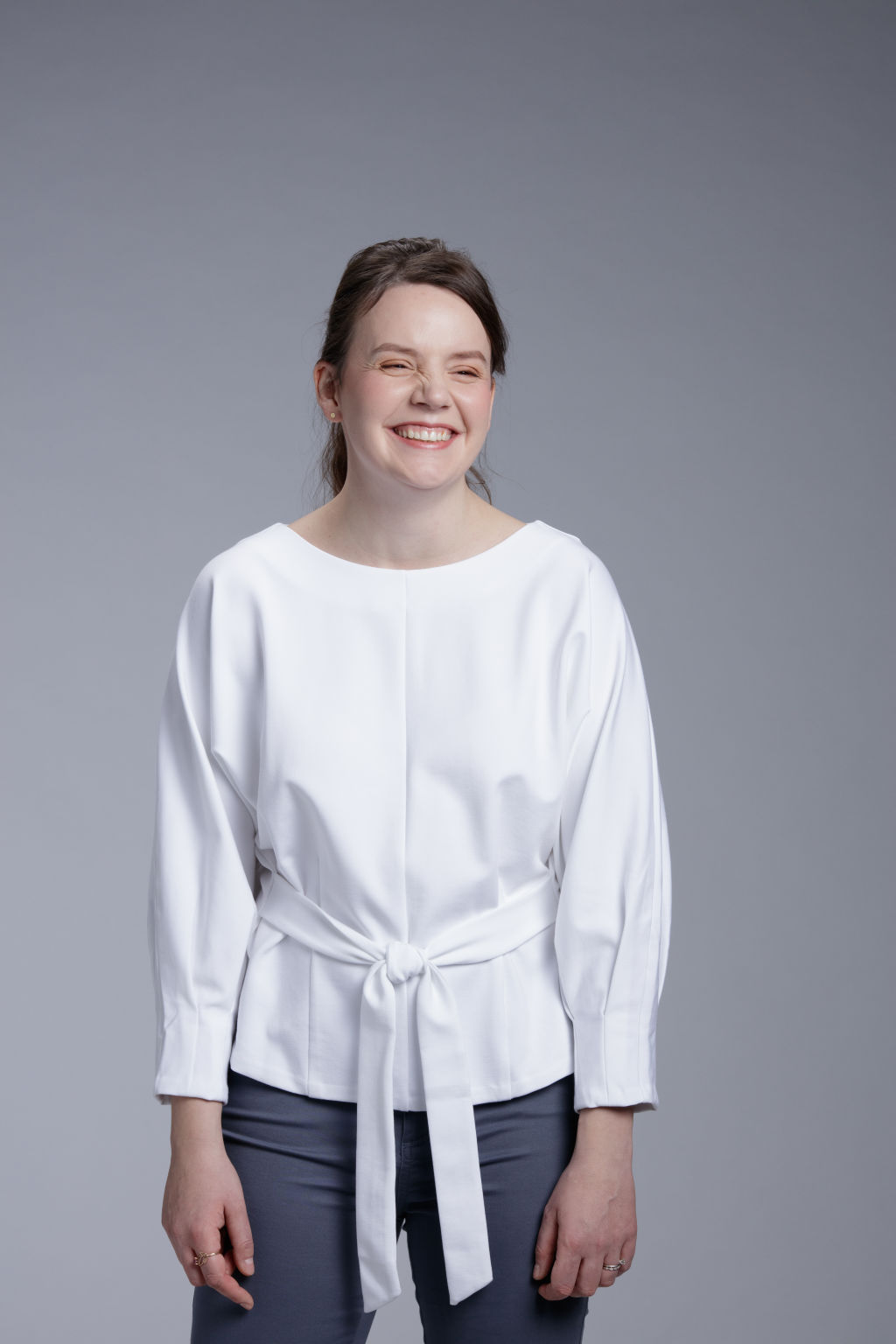
A structural biologist at Monash University, she has been working to understand how molecule behaviour, particularly in adults, is often responsible for causing diseases like cancer.
It’s complex work she hopes will lead to better drug development and hope for patients.
“We all consist of cells, but if you dive a little bit deeper inside the cell it is made of molecules and support all the functions you think,” Glukhova says.
“The Frizzled receptor is the kind of molecule that would sit on the outside of the cell and send a signal.
“What is particularly special is there are 10 types and they are incredibly important in embryo development.”
She says it was in the development of the molecule in adults that could often result in a cancer diagnosis.
“So I think it’s an incredible kind of science that is absolutely required for future drug development.”
Sung, a clinician-researcher and pediatrician at Murdoch Children’s Research Institute, is equally motivated in the quest for answers.
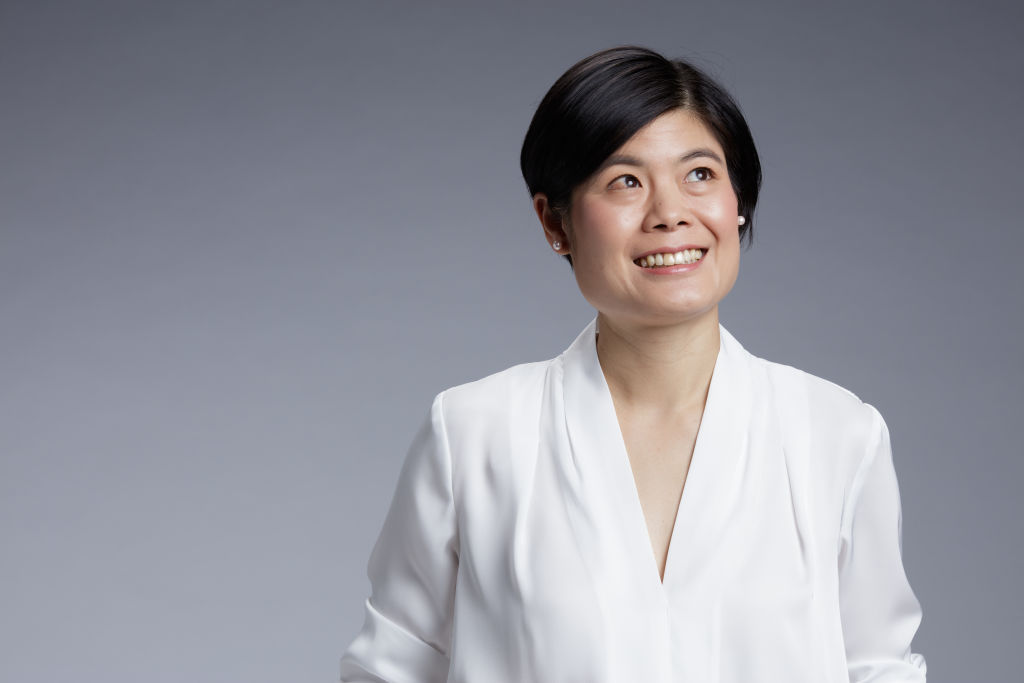
Despite huge medical advances in the past 20 years when it comes to hearing loss research, hearing-impaired children still face significant challenges.
Sung has been leading the research into helping infants affected by hearing loss reach their full potential.
“We now have really early detection of hearing loss through universal hearing loss screenings, yet we still see some children with hearing loss are struggling more with language development and learning compared to normal-hearing peers, despite that intervention,” Sung says.
She says there was a hidden reason why and she remains determined to uncover it.
“My research focuses on finding these predictors so we can make these changes and help the children enjoy life to the full.”
A recent screening program focused on identifying one particular hearing-loss virus had ensured an infant she had been working with would get the help they needed.
“The uniqueness of my research is that I have a robust infrastructure of medicine and clinical care embedded with research and the ability to look at the genetic and other factors that may influence the child’s outcome.
“That’s why I do it. I feel honoured and lucky and I’m in a privileged position to see from the parent’s point of view what needs to be answered.”
Sign up for the best of Domain Review in your inbox each week
We recommend
We thought you might like
States
Capital Cities
Capital Cities - Rentals
Popular Areas
Allhomes
More
